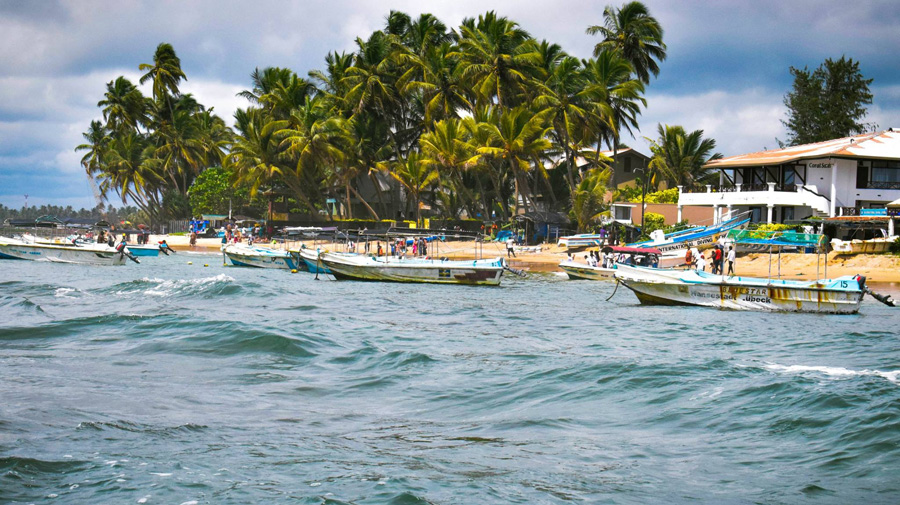One of course is due to human activities and because of the long-term changes in the climate itself.; because of the greenhouse effect and the resulting global warming, as well as rising carbon dioxide and other greenhouse gas levels.
Climate change is anticipated to result in higher temperatures, more frequent droughts, irregular rainfall, and a rise in sea level, all of which could impact Sri Lanka.
Its coastal economy and consequently the society.
Sri Lanka’s projected sea-level rise (SLR) is 0.3 m by 2010 and 1.0 m by 2070.
Climate change would have a negative impact on the coastal environment, agriculture, forests, biodiversity, health, energy, and human settlements, among other things.
Sea Level Rise (SLR) will inundate the low-lying coastal areas.
Sri Lanka has a 1720-kilometer-long coastline with diverse biological communities and ecosystems.
Lagoons, estuaries, mangroves, salt marshes, sand dunes, beaches, and coastal marshy wetlands, as well as various water bodies, are all found in this coastal area.
70% of Sri Lanka’s urban population and 80% of its economic infrastructure networks are concentrated in coastal cities which are highly vulnerable to climate change impacts such as sea-level rise, flooding, salination of water resources, storm surges, cyclones, and droughts.
These impacts disproportionately affect urban poor communities, who are forced to live in the most vulnerable areas.
The losses that happened to the sea level rise can be categorized in different forms.
In the aspect of land resources, which is commendable and realistic, tourism industry, coconut cultivation.
Out of all these major losses, the tourism industry would be highly affected, the policy reformations and construction techniques should be set up from now onwards to address these situations.
Multi-purpose green belt in coast established to protect the lagoon and coastal areas, restore mangrove eco-systems and coastal biodiversity; GIS-based Rapid Response System (RRS) and Knowledge Management center for climate exacerbated disasters established Disaster resilient, energy-efficient, low-cost shelter adaptation training will be provided, supported by local and as well as As a consequence of SLR, increasing salinity of low lying coastal areas is also expected.
The effect of salinity on productive agricultural land, wildlife areas and water resources could be devastating.
Introducing strips of vegetation that grow on high levels of salt content would reduce the salinity level.
The strategies for controlling salinity intrusions at water intakes are two ways: One is locating the intake further upstream at high capital costs.
The second is constructing a physical salinity barrier downstream of the present intake.
Salinity and flood will extend to other low-lying agricultural areas
About the Author
Eng Tharika Fernando is a project engineer working for the National Water Supply and Drainage Board.
Further for her involvement in youth-related activities and passion for Water and Climate Change initiatives, along with several other ambassadors she has been selected as a Climate Change Ambassador for Cohort 2021.


